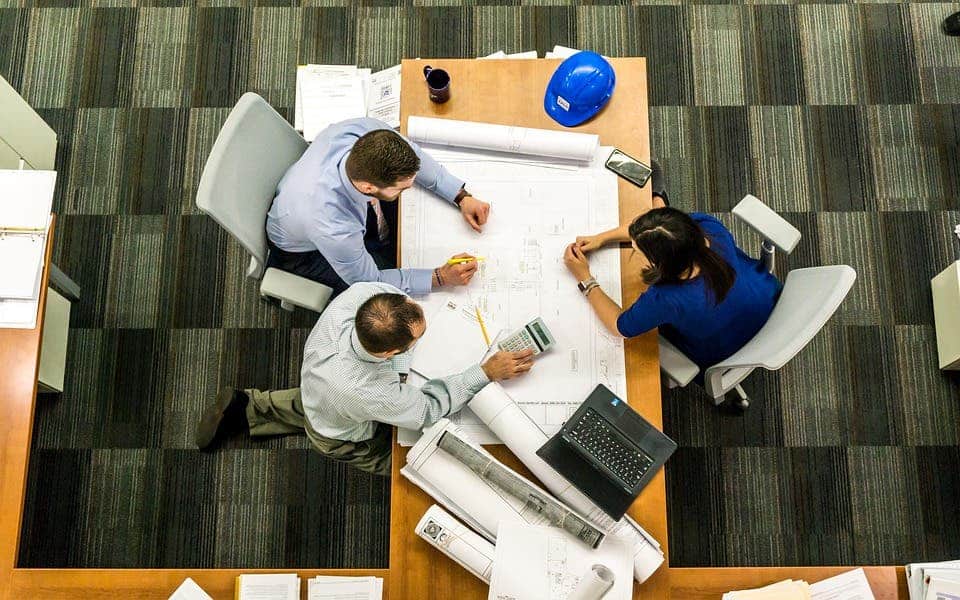New research at Purdue University measures how much pollution in your office or home is due to you.

We influence our surroundings just by virtue of being alive — we take oxygen and pump out CO2, our skin sheds, our hairs fall out, our heat dissipates out. Factor in elements like deodorant, and we have a surprisingly significant effect on the areas we spend our time in, such as an office or home. But, to find out just how large this influence is, a team of engineers at Purdue University has been conducting one of the largest studies of its kind in the office spaces of a building rigged with thousands of sensors.
The house of noses
“If we want to provide better air quality for office workers to improve their productivity, it is important to first understand what’s in the air and what factors influence the emissions and removal of pollutants,” said Brandon Boor, an assistant professor of civil engineering with a courtesy appointment in environmental and ecological engineering.
The present study is the largest of its kind to date. The team used an office space rigged with thousands of sensors to identify all types of indoor air contaminants and recommend ways to control them through adjusting a building’s design and operation. The building is called the Living Labs at Purdue’s Ray W. Herrick Laboratories and uses an array of sensors to monitor the flow of indoor and outdoor air through the ventilation system over four open-plan office spaces. The team further added temperature sensors (embedded in each desk chair) to keep track of people’s activities throughout the day.
People and ventilation systems have shown the greatest impact on the chemistry of indoor air in such environments, they explain. This chemistry is dynamic and “changes throughout the day based on outdoor conditions, how the ventilation system operates and occupancy patterns in the office,” Boor said.
In collaboration with researchers at RJ Lee Group, Boor developed an instrument called a proton transfer reaction time-of-flight mass spectrometer — a mechanical ‘nose’. Using this device, they recorded levels of volatile compounds in human breath, such as isoprene, in real-time.
These compounds linger in the office even after people have left the room. They also see greater build-ups when a larger number of people uses the same room.
“Our preliminary results suggest that people are the dominant source of volatile organic compounds in a modern office environment,” Boor said. “We found levels of many compounds to be 10 to 20 times higher indoors than outdoors. If an office space is not properly ventilated, these volatile compounds may adversely affect worker health and productivity.”
Ozone (considered an outdoor pollutant) breaks down inside office areas as it interacts with indoor compounds and furnished surfaces. The team adds that ozone and compounds called monoterpenes (these are aromatic compounds, such as those released by peeling an orange) break down into particles as small as one-billionth of a meter. At such a tiny size, they could be toxic as they can get into — and clog — pulmonary alveoli, the sacs in the lungs where blood-atmosphere gas exchange takes place.
Chemicals emitted from self-care products such as deodorant, makeup, and hair spray may elevate pollution levels outdoors as they are vented outside by the ventilation system, the team adds.
The team will present its initial findings at the 2019 American Association for Aerosol Research Conference in Portland, Oregon, on Thursday 16th, as the poster “Spatiotemporal Mapping of Ultrafine Particles in Buildings with Low-Cost Sensing Networks”.









